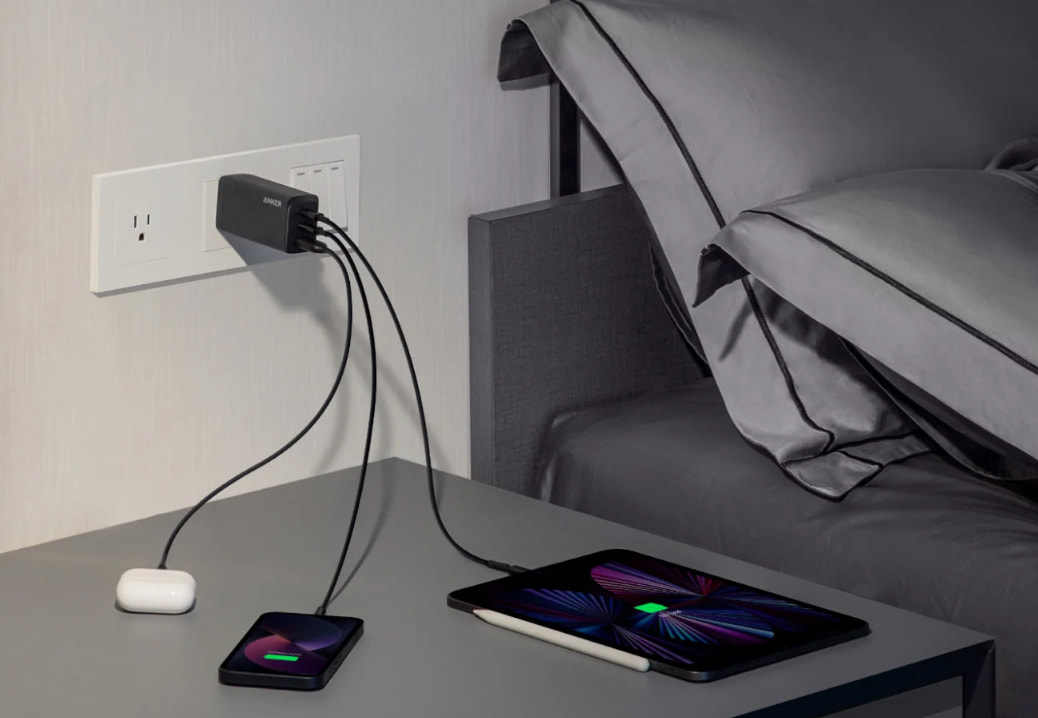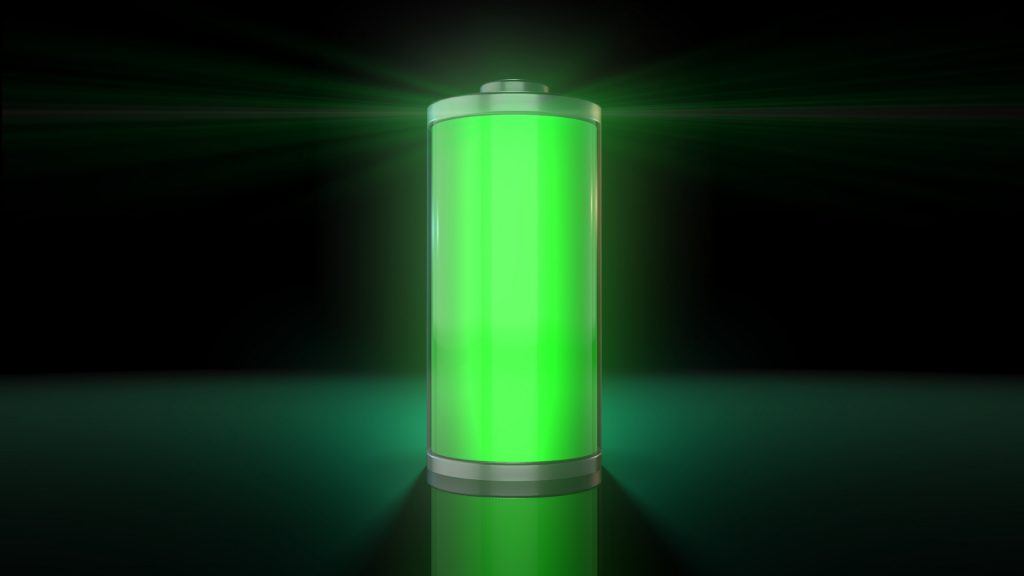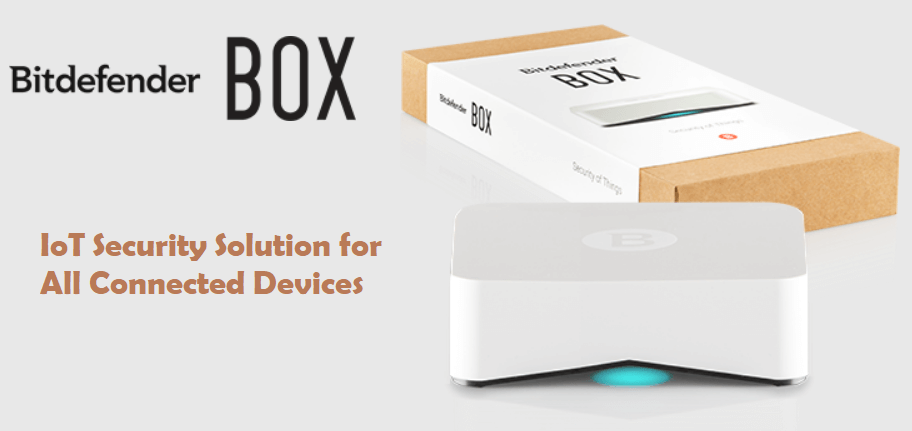A fridge that stops working is more than an annoyance. It can be a huge waste of money if all your tasty dips and pre-packed meals go to waste. Before you try to eat your way through all your food before it goes bad, check out this guide to help you get your fridge running again.

1. Keep the Fridge Closed
As soon as you realize your fridge stops running, you’re going to want to avoid opening the doors until you can get it fixed or replaced. Keeping the door shut will seal in the cooled air for as long as possible, which will help avoid spoilage.
2. Check the Power Supply
Pull out your fridge to make sure it’s still plugged in. It may seem too obvious to mention, but it’s an important first step to diagnosing the issue. You should also go and check the breaker to ensure there’s no interruption in power.
3. Clean the Condenser Coils
The way your fridge normally keeps cool is by releasing heat from inside its cabinet through condenser coils filled with refrigerant. These coils are located on the back of your fridge, where they collect dirt, dust, and pet hair.
If enough of this debris encases your coils, it may have trouble cooling your fridge. Luckily, you can clean these coils easily with a brush and your vacuum. Just remember to unplug the appliance before you start.
4. Call an Appliance Technician
If cleaning the coils didn’t work, it’s time to call in the big guns. An appliance technician can repair your fridge and save you from buying a new appliance.
Repairing a faulty fridge is cheaper than buying a new one, but it may still be challenging if you don’t have an emergency fund set aside. Luckily, you still have an option without savings. You may take out an installment loan or line of credit to help you cover this essential, unexpected repair.
Before you borrow, it’s a good idea to compare the benefits of dealing with the lender online versus in-person.
Online direct lenders offer convenient, digital applications that are available 24/7. Whether you fill it out at 2 am or 2 pm, an installment loan application may only take you a handful of minutes to complete.
In-person options, on the other hand, operate on a slower timeline. You’ll have to take time out of your day to visit a branch during business hours and speak with a representative face-to-face before you can even get the ball rolling.
5. Transfer Perishables
If a technician can’t come out for a day (or more), keeping your door sealed won’t keep your fridge cool enough for perishable foods. You’ll want to transfer these foods to your freezer, which stays cool for up to 24 hours.
For waiting periods longer than that, you’ll want to move your perishables into any camping coolers you have right away, keeping them filled with fresh ice.
While most veggies and fruits will be okay in your fridge for a while, here are some things that need to be kept cool:
- Meat
- Cheese
- Milk
- Yogurt
- Dairy-based dips, sauces, or condiments
Be Safe
Perishable food that reaches 40°F or higher has entered the danger zone — the perfect temperature for bacteria to multiply. After four hours in this zone, food is no longer safe to eat, so you should throw out these items.
Remember this if your fridge ever stops running in the future. Acting quickly to troubleshoot, call a technician, take out an installment loan, and chill your food can help you stay safe and avoid costly spoilage.








